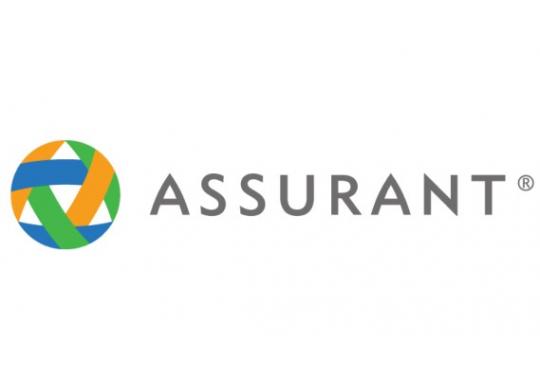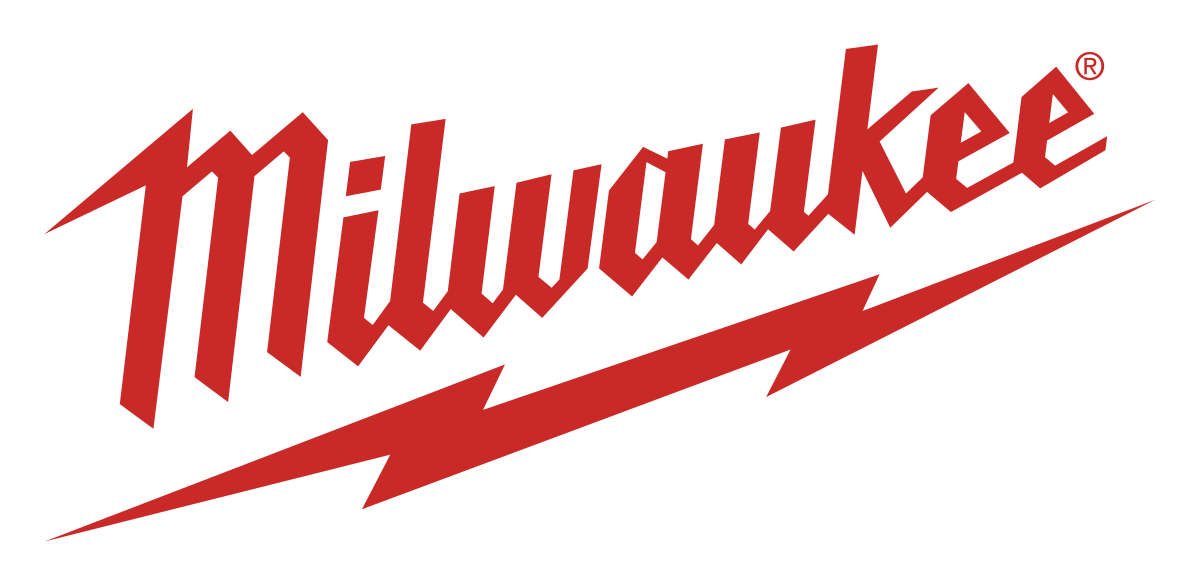Best Practices in Transportation Software Development
In the transportation industry, where efficiency, safety and reliability are paramount, software development plays a critical role in driving innovation and optimization. From fleet management systems to route optimization algorithms, transportation software solutions are instrumental in streamlining operations, enhancing customer experiences and ultimately shaping the future of mobility. In this article, we’ll explore some of the best practices in transportation software development that are shaping the industry landscape.
User-Centric Design
The foundation of any successful transportation software solution lies in understanding the needs and pain points of end-users, whether they are logistics managers, drivers or passengers. By adopting a user-centric design approach, developers can create intuitive interfaces and workflows that streamline tasks and minimize cognitive load. Conducting user research, gathering feedback and iterating based on usability testing are essential steps in ensuring that the software meets the needs and expectations of its intended audience.
Scalability and Flexibility
Scalability and flexibility are key considerations for the transportation industry. Transportation networks can fluctuate in size and complexity and software solutions must be able to adapt to changing demands seamlessly. Architecture designs that embrace microservices, cloud computing and containerization enable scalability by allowing components to scale independently based on workload. Additionally, flexible configuration options and customizable features empower users to tailor the software to their specific requirements, ensuring adaptability to evolving business needs.
Real-Time Data Integration
Timely access to accurate data is essential for effective decision-making in transportation operations. Whether it’s vehicle tracking information, traffic updates or weather forecasts, integrating real-time data feeds into transportation software enables stakeholders to make informed decisions and respond swiftly to changing conditions. Robust data integration capabilities, coupled with data validation and cleansing processes, ensure data accuracy and reliability, which enhance the effectiveness of transportation operations.
Predictive Analytics and Optimization
Leveraging predictive analytics and optimization algorithms can unlock significant efficiency gains in transportation operations. By analyzing historical data and using machine learning algorithms, transportation software can forecast demand, optimize routing and scheduling and identify opportunities for cost savings. Predictive maintenance algorithms can also help preemptively identify potential equipment failures, reducing downtime and improving fleet reliability. By harnessing the power of data-driven insights, transportation software enables organizations to operate more efficiently and effectively.
Interoperability and Integration
Transportation ecosystems are often composed of diverse systems and technologies, including vehicle telematics, warehouse management systems and third-party APIs. Ensuring seamless interoperability and integration between these systems is critical for achieving end-to-end visibility and control over transportation operations. Adopting open standards, such as RESTful APIs and message queuing protocols, facilitates data exchange and interoperability between disparate systems, enabling organizations to leverage the full potential of their technology stack.
Security and Compliance
With the increasing digitization of transportation operations, cybersecurity and regulatory compliance have become big concerns. Transportation software solutions must adhere to industry-specific regulations, such as the Electronic Logging Device (ELD) mandate in the trucking industry and implement robust security measures to protect sensitive data from cyber threats. Encryption, access controls and regular security audits are essential components of a comprehensive security strategy, ensuring that transportation software remains secure and compliant with regulatory requirements.
Continuous Improvement and Feedback Loop
The transportation industry is constantly evolving, driven by technological advancements, regulatory changes and shifting consumer preferences. To stay ahead of the curve, transportation software development teams must embrace a culture of continuous improvement and innovation. Regularly soliciting feedback from users, monitoring key performance indicators and iterating based on lessons learned are essential practices for ensuring that transportation software remains relevant and effective in an ever-changing landscape.
Transportation software development plays an incredible role in shaping the future of mobility, driving efficiency, safety and sustainability in transportation operations. By embracing a culture of continuous improvement, transportation organizations can create solutions that meet the evolving needs of the industry and deliver value to stakeholders across the transportation ecosystem.
Our teams work collaboratively with you to provide creative and impactful solutions that help you exceed all of your business goals. From product vision and evolution to platform modernization and cloud enablement, we’re your nearshore software engineering partner.






